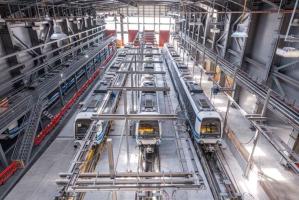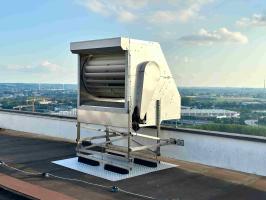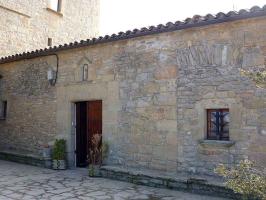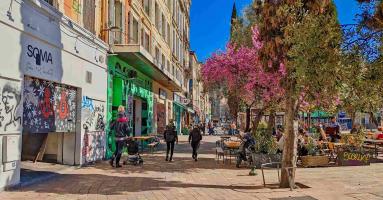Thessaloniki gets ready for its metro launch in November
The underground rapid transit lines have been under construction for almost two decades due to various project delays
 TheMayor.EU logo
TheMayor.EU logo Slovnaft BAjk will increase its capacity and range throughout the Slovak capital
Bikesharing has risen in the ranks of the most important urban transport innovations in recent years. The availability of shared bikes in large cities has allowed for many citizens to ditch their cars in favour of the more environmentally friendly and healthier alternative of cycling, thereby not only improving their own physical wellbeing but also safeguarding nature.
And while bikesharing was forced to take a step back in recent months due to the coronavirus pandemic and the associated epidemiological and hygienic requirements, it is now coming back stronger than ever before in the Slovak capital of Bratislava.
The city’s bikesharing service Slovnaft BAjk is entering its 2nd season this year with a singular goal in mind – expansion and improvement. Currently, one can rent the yellow Bratislava bikes in four of the capital’s districts from a total of 83 docking stations. The number of stations will increase by at least 20 in the summer, while the city also embarks on reconstruction efforts in many areas that would allow not only for the expansion of bikesharing but also for more easily accessible and safe travel by bike.
One of the principal goals of Bratislava’s local administration is to make cycling popular among the city’s youth. Through large-scale development projects, young people would have the opportunity to use bicycles more freely and will be able to reach more places in the city, thus reducing the need for them to consider buying a car.
The government is aided substantially by Slovnaft’s own eagerness to promote and better its service. On top of the aforementioned developments, the bikesharing operator will add another 150 new bicycles to its fleet, boosting its total to 850 and will look for new locations to which to spread their reach and availability.
By working together, Bratislava and Slovnaft are creating an urban environment that is substantially more accommodating to cycling and are acting on the need for alternative transport solutions meant to protect the environment and promote a healthy lifestyle.

The underground rapid transit lines have been under construction for almost two decades due to various project delays

Now you can get your wine in Talence by paying directly in Bitcoin

That’s because the state has to spend money on updating the railway infrastructure rather than subsidizing the cost of the popular pass

Rethinking renewable energy sources for the urban landscape

The examples, compiled by Beyond Fossil Fuels, can inform and inspire communities and entrepreneurs that still feel trepidation at the prospect of energy transition

Now you can get your wine in Talence by paying directly in Bitcoin

The 10th European Conference on Sustainable Cities and Towns (ESCT) sets the stage for stronger cooperation between the EU, national and local level to fast track Europe's transition to climate neutrality.

At least, that’s the promise made by the mayor of Paris, Anne Hidalgo

The underground rapid transit lines have been under construction for almost two decades due to various project delays

At least, that’s the promise made by the mayor of Paris, Anne Hidalgo

Hostal de Pinós is located in the geographical centre of the autonomous region

Despite its church-y name, the district has long been known as the hangout spot for the artsy crowds

Urban dwellers across the EU are having a say in making their surroundings friendlier to people and the environment.

Forests in the EU can help green the European construction industry and bolster a continent-wide push for architectural improvements.

Apply by 10 November and do your part for the transformation of European public spaces

An interview with the Mayor of a Polish city that seeks to reinvent itself

An interview with the newly elected ICLEI President and Mayor of Malmö

A conversation with the Mayor of Lisbon about the spirit and dimensions of innovation present in the Portuguese capital














